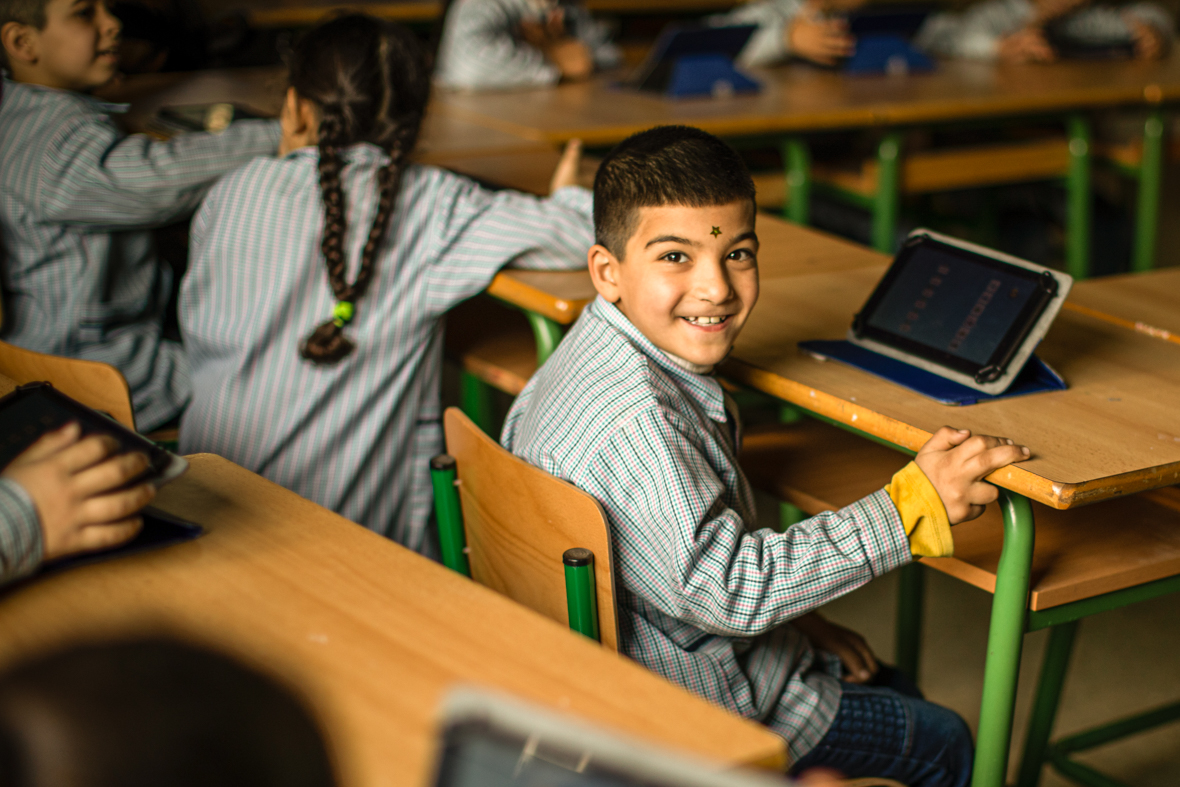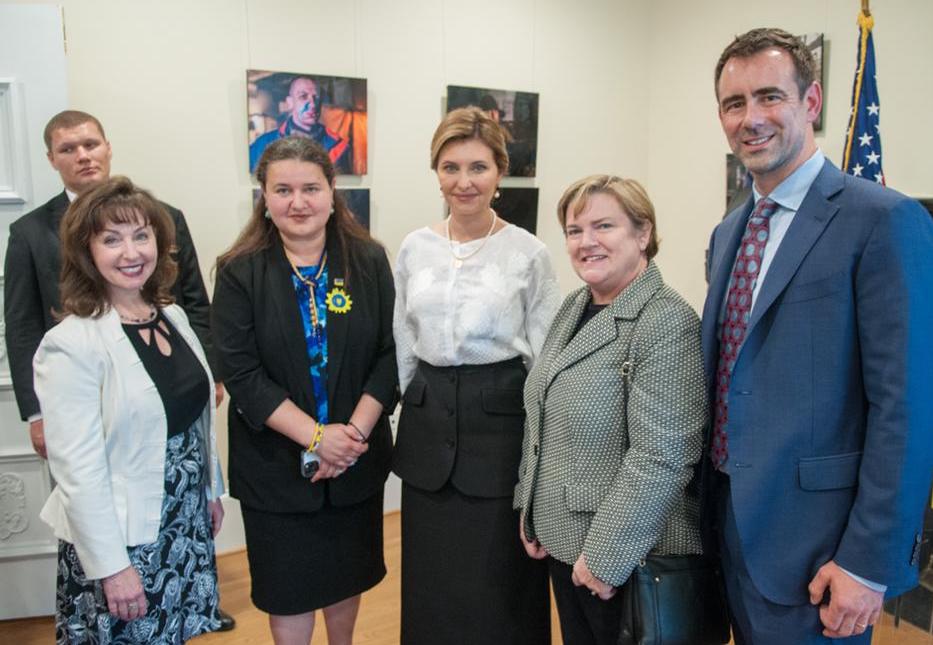
Urgent funding needed to get another 30,000 Syrian refugees into Lebanese schools
Children in conflicts, Education funding, Education in emergencies
Syrian refugee children at a school in Lebanon
Donor countries need to step up urgently if 30,000 Syrian refugees are to get a place in Lebanese schools this year.
Some extra funding in the past two weeks has meant an additional 30,000 children have been enrolled into the innovative double-shift school system in Lebanon.
There are now 170,000 refugee students enrolled – but that is still short of the government’s commitment to get 200,000 Syrian children into school for the start of the academic year last month.
Ben Hewitt, a World at School’s campaigns director, said: “This is an urgent crisis for children who want to go to school. There is a promise to get these 30,000 children into school – but the lack of funding stands in the way of their hopes and aspirations.
“These are children who have fled their schools and their homes and their priority is an education, a future and hope. There are a number of donor countries who need to do more, including Sweden, France and Denmark.”
If the Lebanese government’s commitment to get 200,000 children into their schools is achieved, it will almost double the number enrolled in the previous academic year.
Early contributions from donor countries such as Norway, Germany, the United States and the United Kingdom meant there was sufficient funding for 140,000.
But that still left a shortfall of $35 million for the remaining 60,000 would-be students. With extra commitments, that fell to $25 million and is now just $15 million short of the target.
But even if those 30,000 children are taken in to reach the target, another 200,000 Syrian refugee children will still be out of school in Lebanon alone. One in four children living there is a refugee.
Plans are also underway to help these children gain access to non-formal education so they can catch up on missed years and enter into school. An additional $30 million could help another 100,000 children enter these programmes.
The double-shift system – teaching Lebanese and Syrian children at different times of the day – was first proposed in 2013 in a report supported by A World at School.
In April of this year, the Lebanese commitment to educate 200,000 children came hours after a special report was published by Theirworld and A World at School, which examined how to get all refugee children in Lebanon into schools.
Last month our network of Global Youth Ambassadors rallied to demand that donor governments urgently close the funding gap.
Children returning to school in their own countries sent letters to the governments of Sweden, Holland and France, calling for the girls and boys displaced by the four-year Syrian crisis to have the same opportunity.
Sarah Brown, co-founder of A World at School and President of children’s charity Theirworld, also said at the time: “The Lebanese government has said it will open its doors to 200,000 children this year and this promise must not fail due to a lack of donor funding.”
More news

